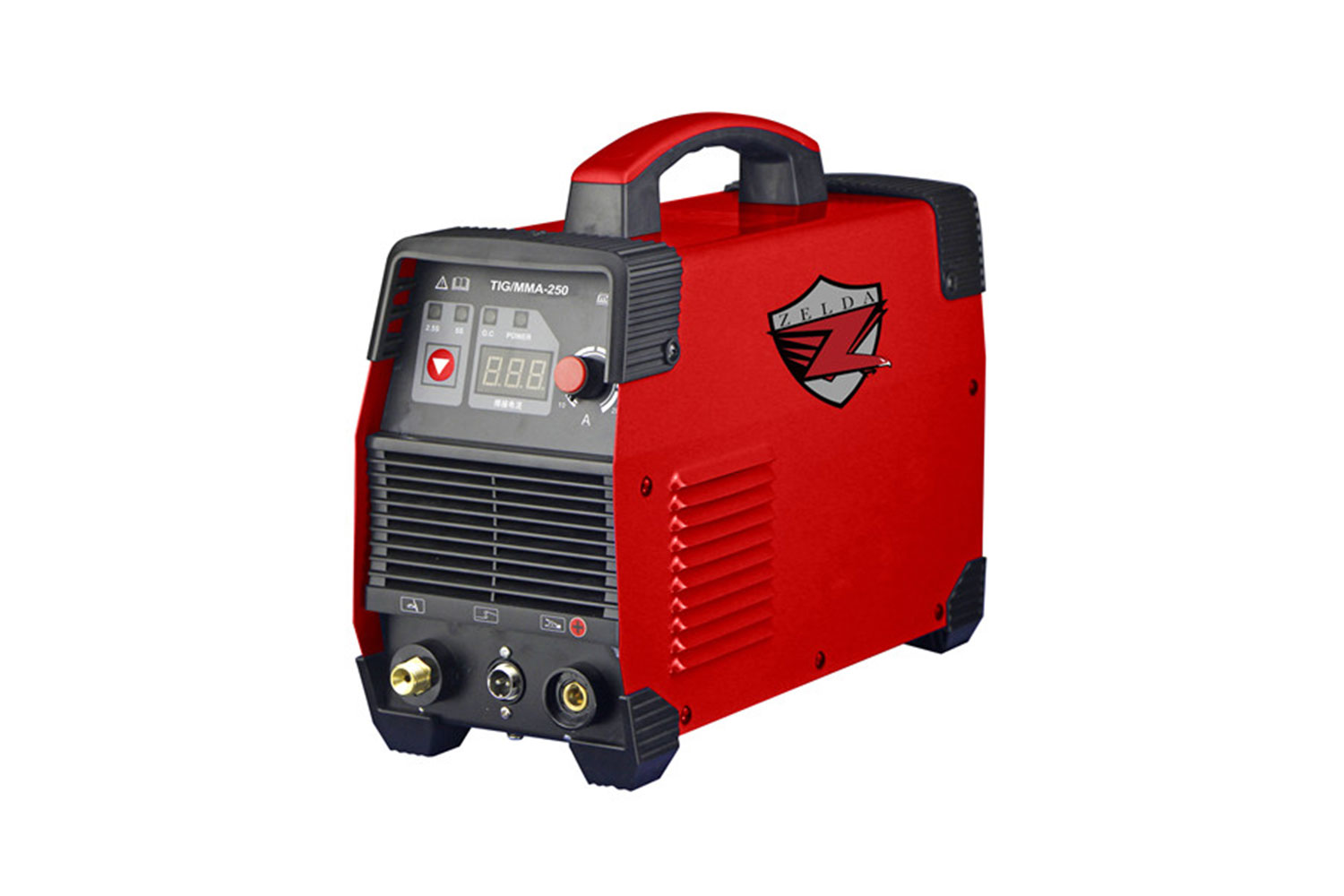In today’s fast-paced industrial landscape, automation has become a cornerstone of efficiency and precision. Among the myriad of industries benefiting from this automation revolution, welding stands out as a prime example. Welding robotics often referred to as welding bots, have seamlessly integrated themselves into manufacturing processes, offering unmatched precision, speed, and consistency. These machines work hand in hand with human operators to create a powerful synergy that is transforming the welding industry. Welding robotics combines the best of both worlds: the dexterity and problem-solving abilities of human welders and the repeatability and precision of machines. These robots are equipped with advanced sensors and programming, allowing them to perform intricate welding tasks with a level of accuracy impossible to achieve manually. They can handle various welding techniques, such as arc welding, spot welding, and laser welding, across a wide range of materials, from steel to aluminum and beyond. One of the key advantages of welding robotics is their ability to work tirelessly, 24 or7, without fatigue or errors.

This non-stop production capability increases efficiency and reduces production downtime, making them invaluable assets in high-demand smaw welder 880 $1.63 $719.33 0.15 manufacturing environments. While robots handle the repetitive and labor-intensive welding tasks, human welders can focus on more complex and creative aspects of their craft, such as problem-solving, quality control, and overseeing the entire production process. Safety is a paramount concern in any welding operation, and welding robots excel in this regard. They are equipped with advanced safety features, such as laser scanners and sensors, which ensure that they cease operation if they come into contact with a human worker or any obstacle. This inherent safety factor makes welding robotics an ideal solution for tasks in hazardous environments, such as those involving toxic fumes, extreme temperatures, or cramped spaces. Moreover, welding robots significantly reduce the risk of occupational hazards for human welders. The elimination of exposure to harmful welding fumes and radiation has a positive impact on the long-term health of the workforce.
This fosters a safer and more appealing work environment, which can aid in attracting and retaining skilled welders. The integration of welding robotics also offers substantial economic benefits. While the initial investment may be significant, the long-term savings in labor costs, increased productivity, and reduced waste make it a wise choice for many manufacturing businesses. Additionally, the consistency in weld quality ensures a higher percentage of defect-free products, reducing rework and material wastage. In conclusion, welding robotics is a testament to the harmonious coexistence of human expertise and technological innovation in the modern industrial landscape. These machines, working hand in hand with skilled welders, bring a new level of precision, efficiency, and safety to the welding industry. As technology continues to advance, we can expect welding robotics to play an even more prominent role in shaping the future of manufacturing, providing a synergy that benefits both businesses and their workforce.



